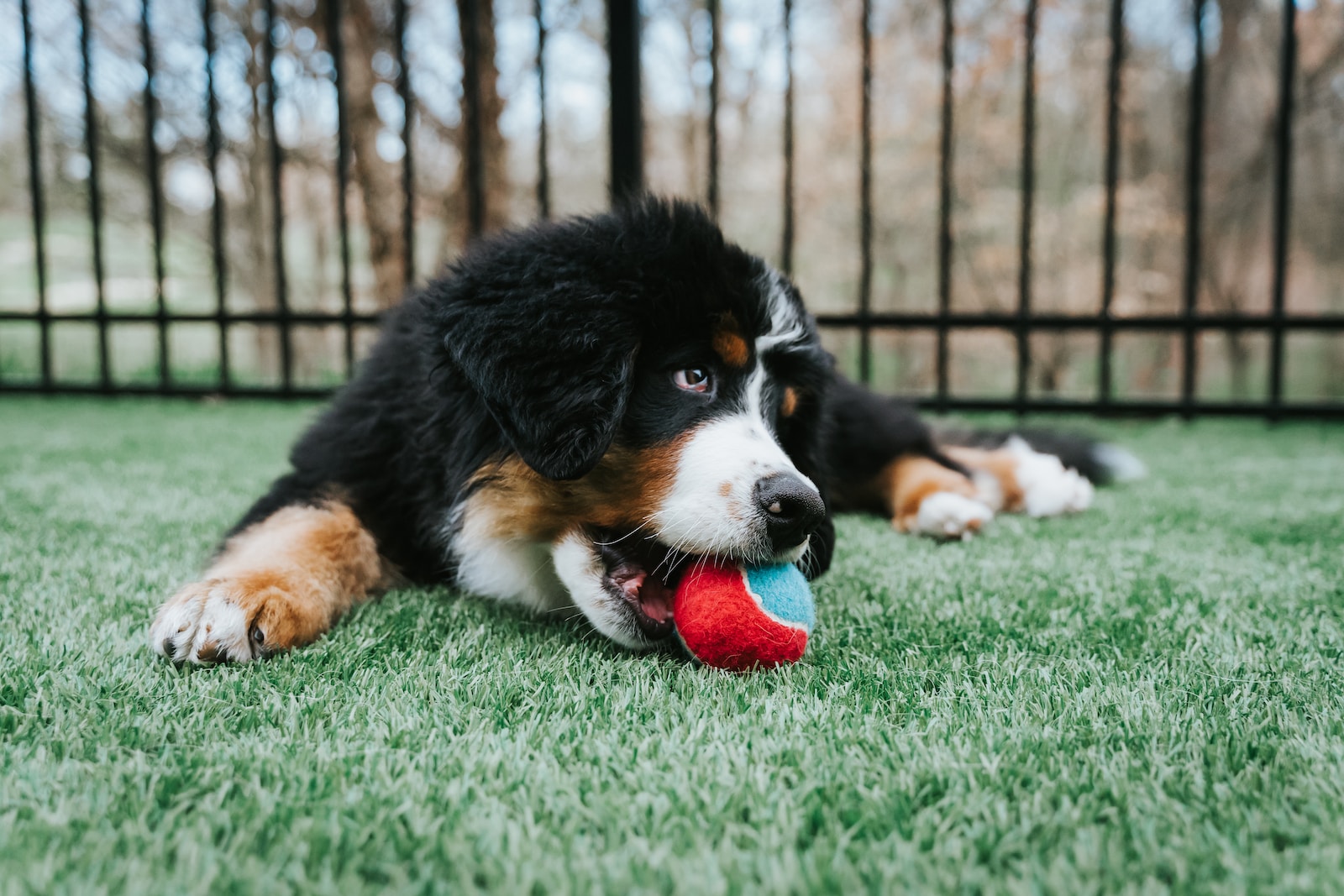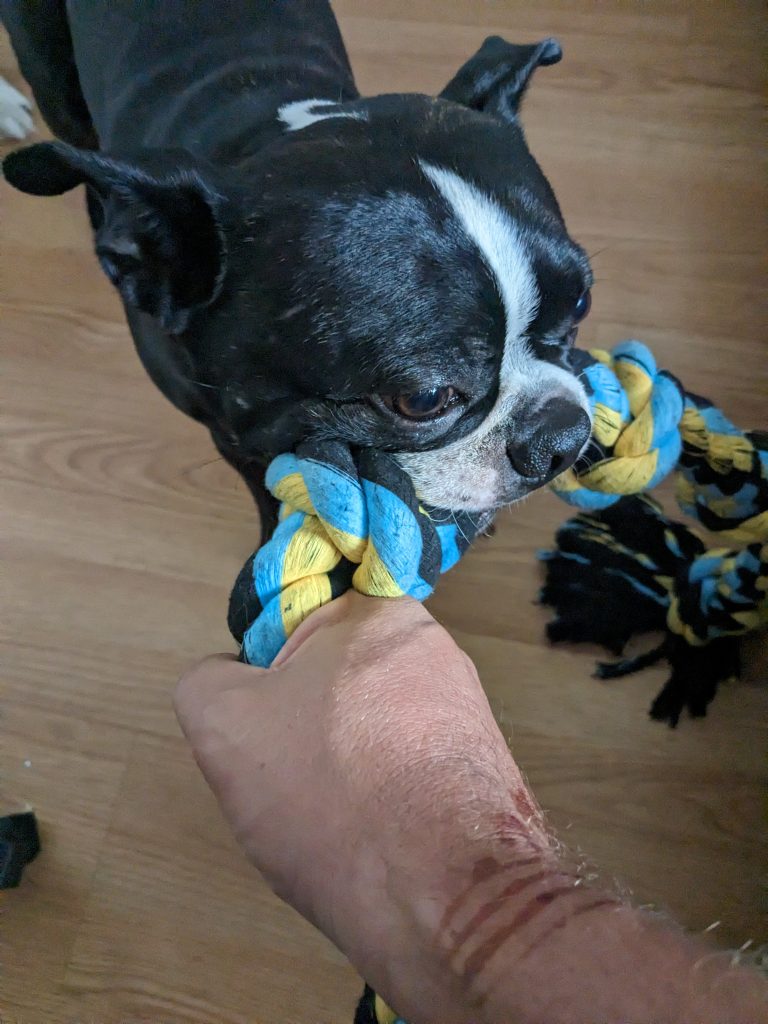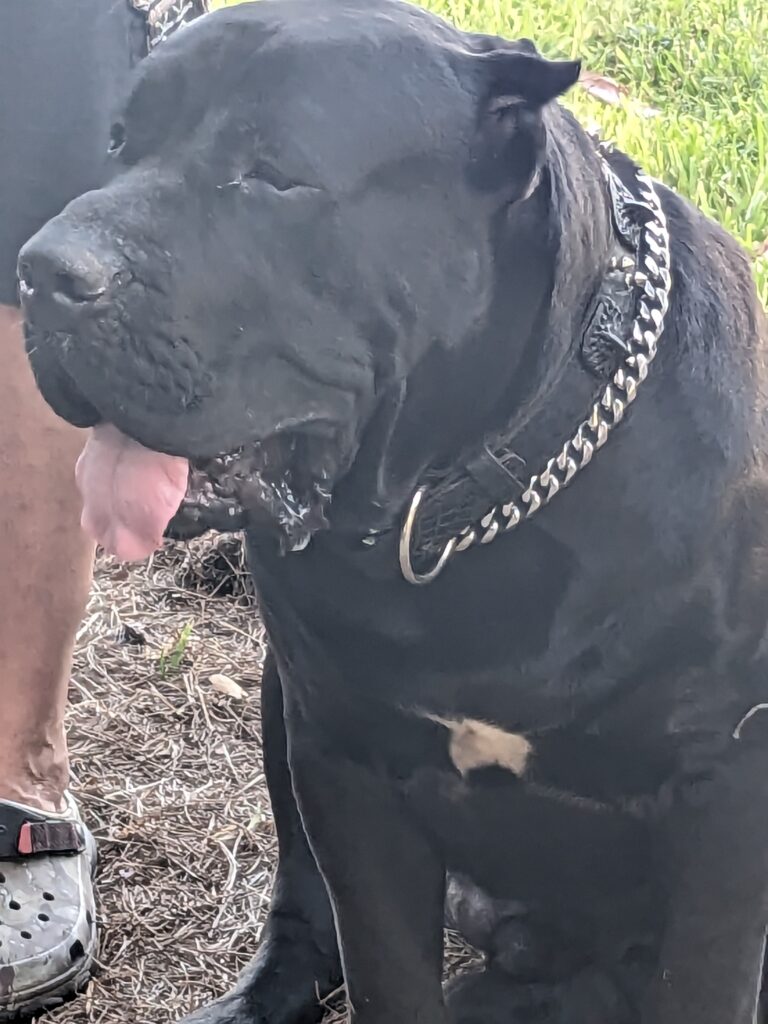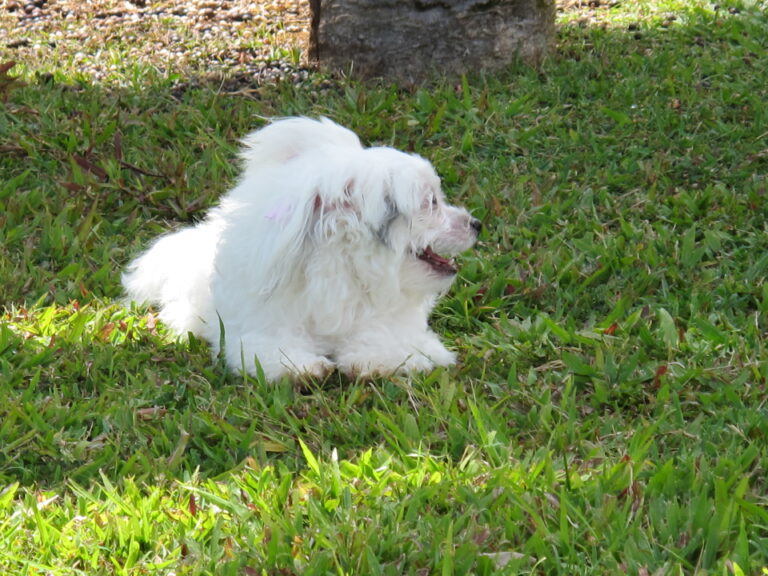Training your dog to “leave it” and “drop it”: Step-by-step guide
Do you find yourself constantly fighting with your furry pal to let go of a toy or not devour something they shouldn’t? Are you tired of the constant struggle and want a simple solution that will keep both you and your pooch happy? Look no further than the “leave it” and “drop it” commands. These essential obedience skills can be taught with ease, providing peace of mind for dog owners while promoting safety for their beloved companions.
In this step-by-step guide, we’ll take you through everything you need to know about training your pup to heed these crucial cues in any situation – from tempting treats to dangerous objects. Let’s get started!
What is the goal of training your dog to
Training your dog to “leave it” and “drop it” is an essential part of being a responsible pet owner. Not only will it help avoid potential confrontations between you and your dog, but it will also teach them that these behaviors are acceptable in certain situations.
To get started, the first step is to establish some basic rules. Your dog must be able to understand the following commands: “leave it” and “drop it.” To teach them these commands, start by demonstrating the behavior you want them to copy.
When they follow your directions, give them a positive reinforcement (such as rewards). Over time, your dog will associate these behaviors with good things and stop associating them with punishment.
If your dog is already behaving appropriately in certain contexts (e.g., when you’re in your home), you can try adding the “leave it” command during specific encounters.
For example, if your dog is always jumping on people when they come over, try training him to “leave it” while he’s sitting or lying down nearby. Gradually increase the distance between him and the visitors until he’s completely ignoring them!
If your dog is exhibiting problematic behavior (e.g., pulling on the leash), there are several methods you can use to address this issue. Some trainers recommend employing counterconditioning—that is, rewarding yourdog for desirable behaviors (like staying beside you) instead of punishing him for undesired behaviors (like leash pulling). Other
What are some objections you may have to training your dog this way?
- One of the main objections people may have to training their dog this way is that it can be difficult to fine-tune the skill, especially if they have a Labrador Retriever or Golden Retriever who are particularly associative. Clicker trainers recommend starting with basic obedience commands such as “sit” and “stay,” before progressing onto more complex exercises such as Leave It.
- Another objection is that some dogs may not respond well to being asked to leave things – for example, if they’re used to getting everything they want from their owner, they may not understand why they no longer have access to the toy once it’s been placed out of their reach. If this is the case for your dog, you’ll need to begin by teaching them basic obedience commands such as “down” and “come,” before gradually introducing the leave it command.
- There’s always the risk that an untrained dog might start scavenging or raiding other people’s homes – even if they’re just leaving their toys in plain sight! Again, good obedience training is essential here; start by teaching them basic commands such as “down” and “stay” before adding in leave it cues.
- Finally, many people feel that training their dog this way is too time-consuming – particularly if they only have a limited amount of time available each day. While effective training techniques will definitely take time, there are plenty of online resources and book clubs out there which can help to speed up the process.
How can you overcome those objections?
One of the best ways to discourage your dog from begging or stealing food is to train them to “leave it” and “drop it.” Follow these steps to get your dog started:
- Get your dog’s attention by saying their name in a clear, commanding voice. If necessary, use a treat to capture their attention.
- Demonstrate how you want them to behave by placing your hand on the item they are begging for, such as a piece of food or a toy. If they give up the desired object without prompting from you, give them a positive reinforcement such as praise or a treat. Repeat this step until your dog understands and follows your commands perfectly.
- Once your dog is consistently obeying your commands, add the “leave it” phase to the mix. To accomplish this, say “leave it” shortly before you are about to offer your dog any food or toy. This will cue them that they should not request the item until you say “drop it.” Repeat these steps until your dog reliably leaves items alone when asked to do so.
- Finally, add the “drop it” phase to the mix. To accomplish this, say “drop it” shortly after your dog has received an item from you. This will cue them that they should put the item down on the ground or in their toybox immediately. Repeat these steps until your dog reliably drops items when asked to do so.
Teaching your dog to “leave it” and “drop it” will not only help them control their food intake, but it will also help them stay safe while playing. By teaching your dog these basic commands, you can create a positive reinforcement environment that encourages responsible behavior.
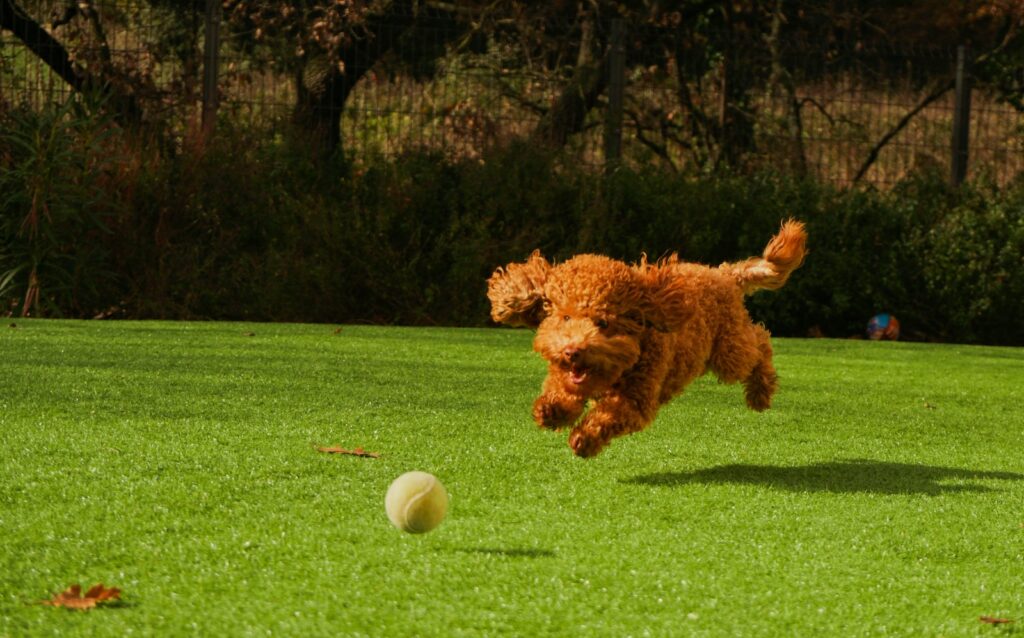
How do you start training your dog for
Begin by establishing basic good Karma with your pet. This means that you should always treats them when they do something good, like sit, stay, or come when called.
In addition, try to avoid reacting negatively when your dog makes a mistake. Instead of yelling or throwing a toy, simply offer a treat and praise them for being responsible.
Next, work on teaching your dog to “leave it.” Whenever your dog attempts to grab something off the floor — whether it’s another dog’s toy or a fallen Leaflet — consistently give them a “leave it” cue.
Once your dog understands this cue, you can then tell them to leave an object alone by putting your hand close to the item and giving the “leave it” cue. Condition reinforcement so that leaving an object alone is always followed by a delicious treat or game privilege.
To learn how to “drop it,” start by having your dog sit and cue them to “drop it.” When they comply, give them verbal praise and provide supplemental rewards such as special attention (like taking them for a walk), playing with them, or hiding the object beneath their favorite toy. Once they know the drill, you can begin practicing with small items right before training sessions in order to condition yourself for larger ones.
Be consistent and patient with your dog’s training. With regular practice, you’ll have a well-adjusted canine companion who is able to handle all sorts of distractions without fail!
What if my dog does not listen to me or follow my commands?
If your dog does not respond to verbal commands or seems to ignore you when you ask them to “leave it” or “drop it,” there are a few things you can do to try and train them.
First, make sure you are giving your dog clear and concise instructions. Use verbal reinforcement when your dog follows your commands (including “leave it” and “drop it”), so that they know that following these instructions is something they want to do. This will help build their confidence and obedience overall.
Second, be consistent with your commands. Do not give up on training if your dog initially doesn’t seem to understand what you’re asking them to do – continue using positive reinforcement and punishment/courtship until they begin to obey.
Be patient. Training a good working relationship with your dog requires time and patience on both your part – remember that dogs learn best by doing!
If your dog is still not following your commands, it may be necessary to seek professional assistance. A dog trainer may be able to evaluate your situation and provide you with additional training tips that will help your dog obey you.
Conclusion
Training your dog to “leave it” and “drop it” is a skill that every pet owner should learn. Not only can this be helpful in preventing unwanted behaviors, but it can also be extremely beneficial for your pup’s physical and emotional health. In this step-by-step guide, we will cover the steps you need to take to successfully train your dog using these commands. We hope this helps make training your dog much easier!

